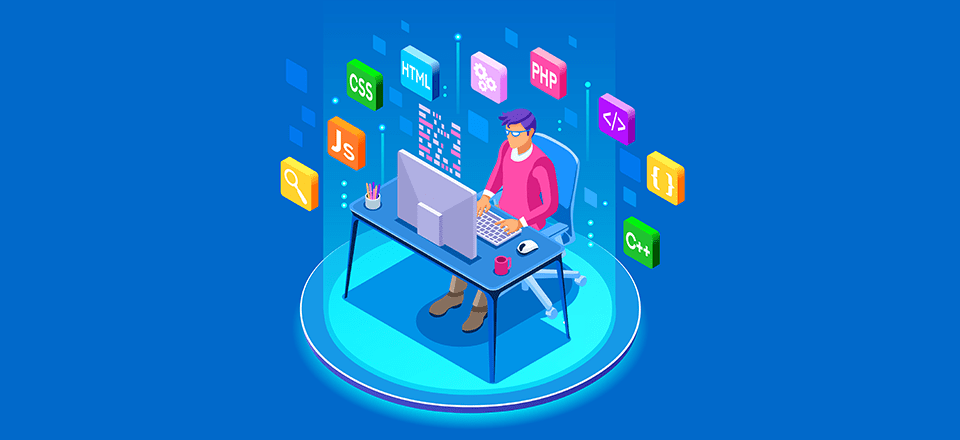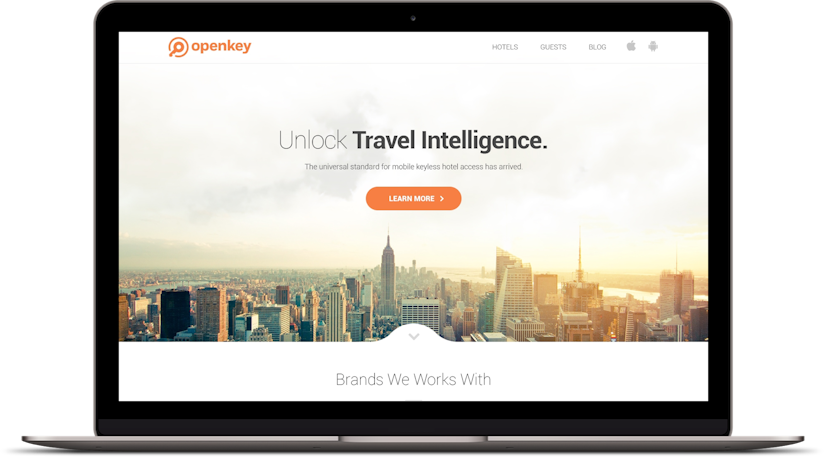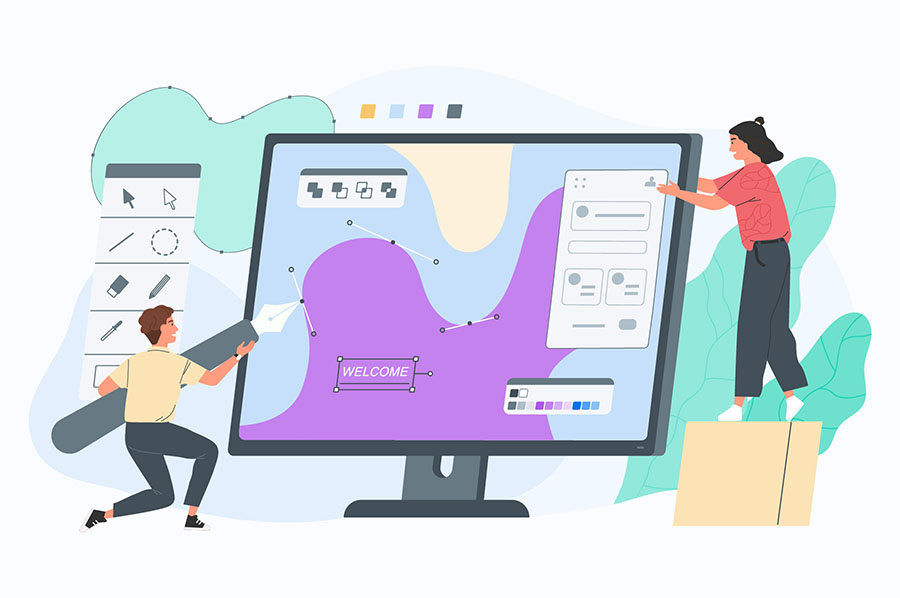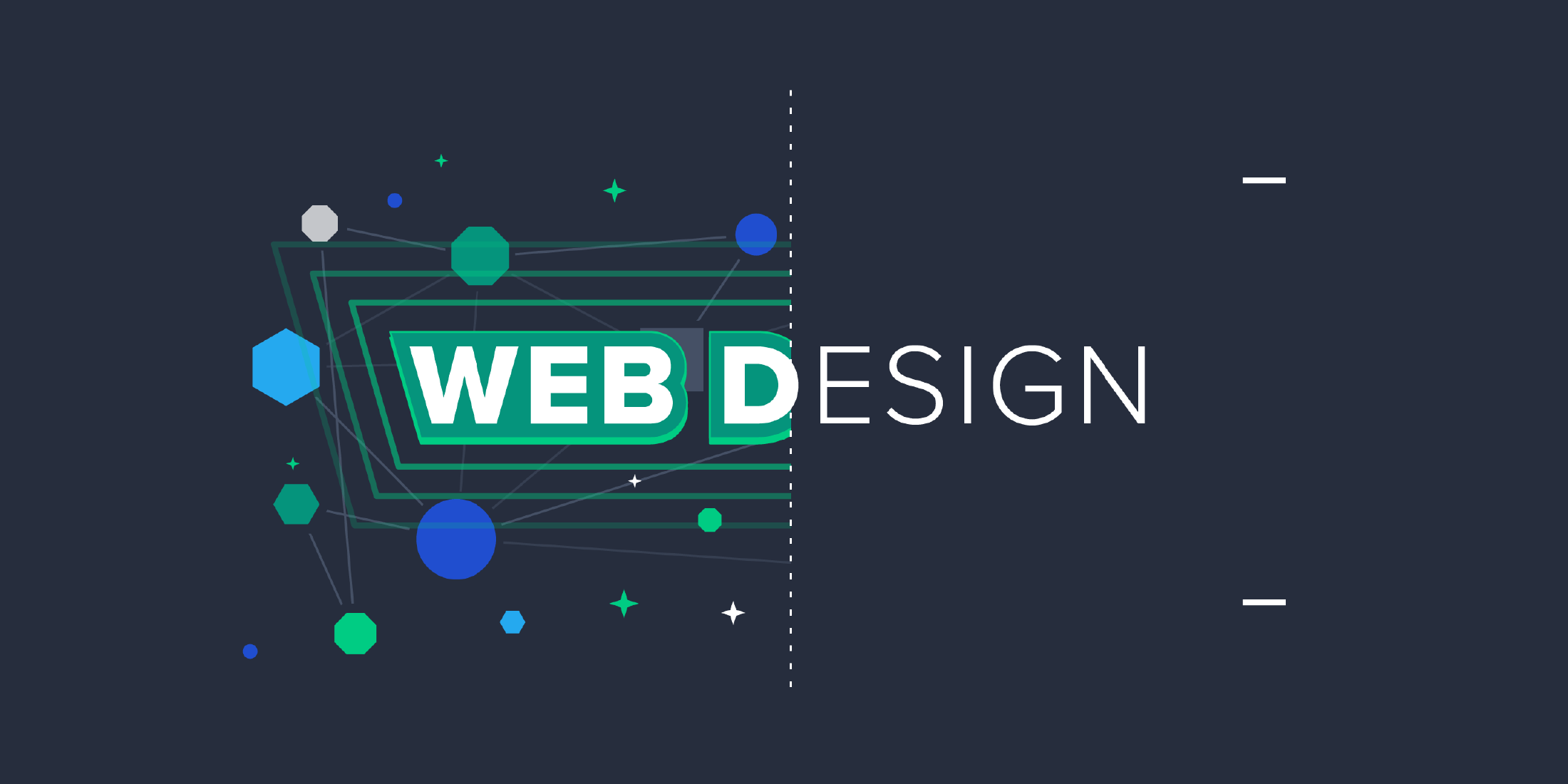All Categories
Featured
Table of Contents
- – Responsive Web Design Certification - Freecode...
- – Siteinspire - Web Design Inspiration Tips and...
- – Web Design Service - Professionally Designed ...
- – Web Design - Entrepreneur Tips and Tricks:
- – 10 Principles Of Good Web Design - Smashing M...
- – Awwwards - Website Awards - Best Web Design T...
- – Siteinspire - Web Design Inspiration Tips an...
- – Otc Web Design Girdwood, Alaska - Web Design...
- – Web Design - Linkedin Learning, Formerly Lyn...
- – Web Design Tools & Software - Webflow Tips a...
- – Web Design Service - Professionally Designed...
Responsive Web Design Certification - Freecodecamp.org Tips and Tricks:
Quick summary Functionality and the energy, not the visual design, identify the success or failure of a site. Given that the visitor of the page is the only person who clicks the mouse and for that reason chooses whatever, user-centric style has actually established as a basic technique for effective and profit-oriented website design - web design frederick md.
and the energy, not the visual style, identify the success or failure of a website. Given that the visitor of the page is the only person who clicks the mouse and therefore decides whatever, user-centric style has actually become a standard method for effective and profit-oriented website design. After all, if users can't use a feature, it might as well not exist.
g. where the search box should be placed) as it has actually currently been carried out in a number of short articles; rather we concentrate on the methods which, utilized properly, can result in more advanced style decisions and streamline the process of perceiving presented info. Please see that you might be thinking about the usability-related articles we've released before: Principles Of Good Site Design And Efficient Web Style Standards, In order to use the principles properly we first need to comprehend how users communicate with sites, how they believe and what are the standard patterns of users' behavior.
Siteinspire - Web Design Inspiration Tips and Tricks:
Visitors look at each new page, scan a few of the text, and click on the first link that captures their interest or vaguely resembles the important things they're searching for. There are big parts of the page they don't even look at. Many users look for something fascinating (or helpful) and clickable; as quickly as some appealing candidates are found, users click.
If a page provides users with high-quality material, they want to jeopardize the material with advertisements and the style of the site. This is the reason that not-that-well-designed websites with premium material gain a lot of traffic over years. Content is more important than the design which supports it.

Users don't read, they scan. Notice how "hot" locations abrupt in the middle of sentences. This is normal for the scanning procedure. Extremely simple principle: If a site isn't able to fulfill users' expectations, then designer failed to get his task done correctly and the company loses cash. The higher is the cognitive load and the less intuitive is the navigation, the more willing are users to leave the website and look for options.
Web Design Service - Professionally Designed Websites Tips and Tricks:
Neither do they scan webpage in a linear fashion, going sequentially from one website section to another one. Rather users satisfice; they select the first reasonable option. As quickly as they discover a link that appears like it may cause the objective, there is a great opportunity that it will be right away clicked.
It does not matter to us if we comprehend how things work, as long as we can use them. If your audience is going to act like you're designing billboard, then design fantastic billboards." Users want to have the ability to control their web browser and depend on the constant data discussion throughout the site.
If the navigation and site architecture aren't user-friendly, the variety of enigma grows and makes it harder for users to comprehend how the system works and how to get from point A to point B. A clear structure, moderate visual hints and easily identifiable links can help users to discover their path to their objective.
Web Design - Entrepreneur Tips and Tricks:

claims to be "beyond channels, beyond items, beyond distribution". What does it suggest? Considering that users tend to explore sites according to the "F"-pattern, these three declarations would be the very first elements users will see on the page once it is filled. Although the style itself is easy and instinctive, to comprehend what the page has to do with the user requires to browse for the response.
When you've accomplished this, you can interact why the system is beneficial and how users can benefit from it. Don't Waste Users' Persistence, In every project when you are going to offer your visitors some service or tool, attempt to keep your user requirements minimal.
Newbie visitors want to, not filling long web kinds for an account they might never ever use in the future. Let users check out the website and discover your services without forcing them into sharing personal information. It's not reasonable to require users to get in an e-mail address to evaluate the feature.
10 Principles Of Good Web Design - Smashing Magazine Tips and Tricks:
Stikkit is a best example for an user-friendly service which needs practically nothing from the visitor which is inconspicuous and soothing. Which's what you want your users to feel on your web website. Obviously, Mite needs more. Nevertheless the registration can be done in less than 30 seconds as the type has horizontal orientation, the user does not even need to scroll the page.
A user registration alone is sufficient of an impediment to user navigation to reduce inbound traffic. 3. Handle To Focus Users' Attention, As websites provide both fixed and vibrant content, some elements of the user interface draw in attention more than others do. Undoubtedly, images are more distinctive than the text simply as the sentences marked as vibrant are more attractive than plain text.
Focusing users' attention to specific areas of the site with a moderate use of visual aspects can assist your visitors to get from point A to point B without thinking of how it really is supposed to be done. The less question marks visitors have, the they have and the more trust they can establish towards the business the website represents.
Awwwards - Website Awards - Best Web Design Trends Tips and Tricks:
Make Every Effort For Feature Direct exposure, Modern web styles are generally criticized due to their approach of assisting users with aesthetically appealing 1-2-3-done-steps, large buttons with visual effects and so on. From the style point of view these elements actually aren't a bad thing.
The site has 9 main navigation options which are noticeable at the very first glance. The choice of colors might be too light, though. is a fundamental concept of effective interface design. It does not truly matter how this is achieved. What matters is that the material is well-understood and visitors feel comfortable with the method they communicate with the system.
Instead a rate: just what visitors are looking for. An optimum option for effective writing is touse short and concise phrases (come to the point as quickly as possible), usage scannable layout (categorize the material, utilize multiple heading levels, use visual components and bulleted lists which break the circulation of uniform text blocks), use plain and objective language (a promotion doesn't need to sound like advertisement; give your users some affordable and objective reason why they should utilize your service or remain on your site)6.
Siteinspire - Web Design Inspiration Tips and Tricks:
Users are seldom on a website to enjoy the style; additionally, most of the times they are searching for the info in spite of the style - web design frederick md. Pursue simplicity rather of complexity. From the visitors' perspective, the very best website style is a pure text, with no ads or more content blocks matching exactly the inquiry visitors used or the content they have actually been trying to find.
Finch plainly presents the information about the site and provides visitors a choice of alternatives without overcrowding them with unneeded material. 7. Don't Hesitate Of The White Space, Really it's really difficult to overestimate the value of white space. Not just does it assist to for the visitors, but it makes it possible to view the info presented on the screen.
Complex structures are harder to read, scan, analyze and deal with. If you have the option between separating two style sectors by a visible line or by some whitespace, it's usually better to utilize the whitespace service. (Simon's Law): the much better you manage to offer users with a sense of visual hierarchy, the much easier your material will be to perceive.
Otc Web Design Girdwood, Alaska - Web Design & Google ... Tips and Tricks:
The same conventions and guidelines ought to be used to all elements.: do the most with the least amount of hints and visual elements. Four significant points to be considered: simplicity, clarity, diversity, and focus. Simpleness consists of only the components that are crucial for interaction. Clearness: all parts need to be developed so their significance is not ambiguous.
Conventions Are Our Friends, Standard style of site aspects doesn't result in a boring web website. It would be a functionality headache if all sites had various visual discussion of RSS-feeds.
comprehend what they're anticipating from a website navigation, text structure, search placement etc. A normal example from functionality sessions is to equate the page in Japanese (presuming your web users don't understand Japanese, e. g. with Babelfish) and offer your functionality testers with a job to discover something in the page of different language.
Web Design - Linkedin Learning, Formerly Lynda.com Tips and Tricks:
Test Early, Test Frequently, This so-called TETO-principle should be applied to every web design project as functionality tests typically offer into substantial issues and issues related to a given design. Test not too late, not too little and not for the incorrect factors.
Some important indicate bear in mind: according to Steve Krug, and screening one user early in the job is better than testing 50 near completion. Accoring to Boehm's very first law, mistakes are most regular throughout requirements and design activities and are the more costly the later on they are gotten rid of.
That means that you develop something, test it, repair it and after that test it once again. There might be issues which have not been discovered throughout the preliminary as users were practically obstructed by other issues. functionality tests. Either you'll be pointed to the issues you have or you'll be pointed to the lack of major style flaws which remains in both cases a helpful insight for your job.
Web Design Tools & Software - Webflow Tips and Tricks:

This holds for designers as well. After you have actually worked on a site for few weeks, you can't observe it from a fresh viewpoint any longer. You know how it is built and therefore you know exactly how it works you have the knowledge independent testers and visitors of your website would not have.
It can be linked to other locations such as graphic design, user experience, and multimedia arts, however is more appropriately seen from a technological viewpoint. It has become a large part of people's everyday lives. It is tough to think of the Internet without animated graphics, various styles of typography, background, videos and music.

During 1991 to 1993 the World Wide Web was born. Text-only pages could be viewed using a simple line-mode browser. In 1993 Marc Andreessen and Eric Bina, produced the Mosaic browser. At the time there were multiple internet browsers, however most of them were Unix-based and naturally text heavy. There had actually been no integrated technique to graphic design components such as images or noises.
Web Design Service - Professionally Designed Websites Tips and Tricks:
The W3C was produced in October 1994 to "lead the Internet to its complete potential by developing common procedures that promote its development and ensure its interoperability." This prevented any one company from monopolizing a propriety internet browser and programs language, which might have modified the result of the World Wide Web as a whole.
As this has occurred the technology of the web has likewise moved on. There have actually likewise been substantial changes in the method people utilize and access the web, and this has altered how sites are developed.
Learn more about Lovell Media Group LLC or TrainACETable of Contents
- – Responsive Web Design Certification - Freecode...
- – Siteinspire - Web Design Inspiration Tips and...
- – Web Design Service - Professionally Designed ...
- – Web Design - Entrepreneur Tips and Tricks:
- – 10 Principles Of Good Web Design - Smashing M...
- – Awwwards - Website Awards - Best Web Design T...
- – Siteinspire - Web Design Inspiration Tips an...
- – Otc Web Design Girdwood, Alaska - Web Design...
- – Web Design - Linkedin Learning, Formerly Lyn...
- – Web Design Tools & Software - Webflow Tips a...
- – Web Design Service - Professionally Designed...
Latest Posts
Ciw Web Design Series Tips and Tricks:
Top Web Design Companies - Find Web Designers Here Tips and Tricks:
Chavez Web Design: Web Design San Diego - Bakersfield ... Tips and Tricks:
More
Latest Posts
Ciw Web Design Series Tips and Tricks:
Top Web Design Companies - Find Web Designers Here Tips and Tricks:
Chavez Web Design: Web Design San Diego - Bakersfield ... Tips and Tricks: